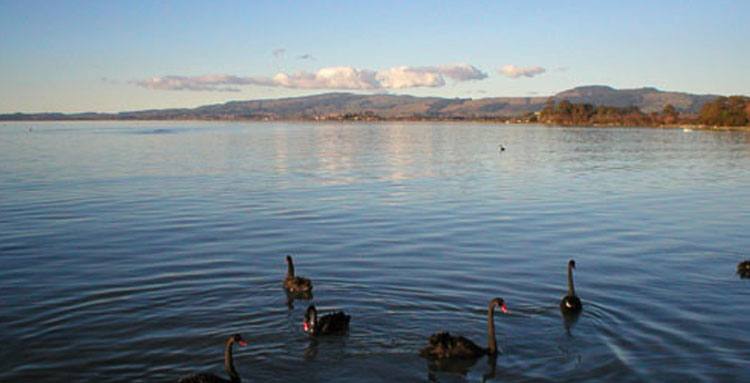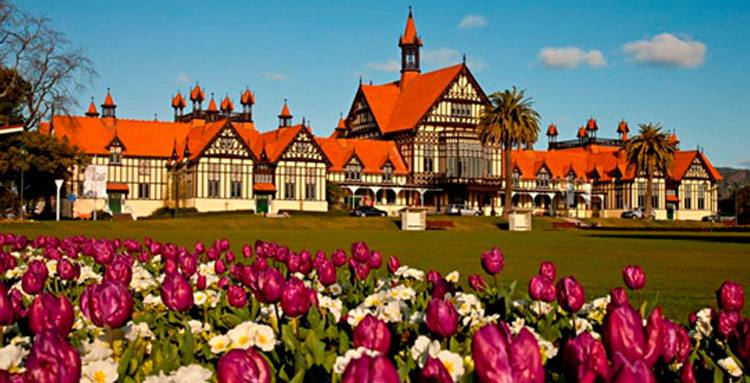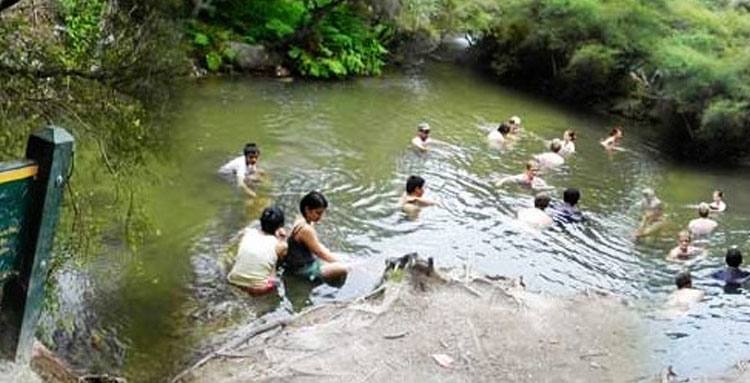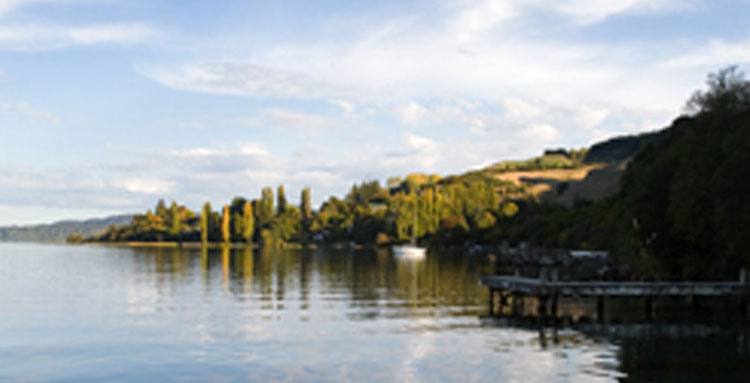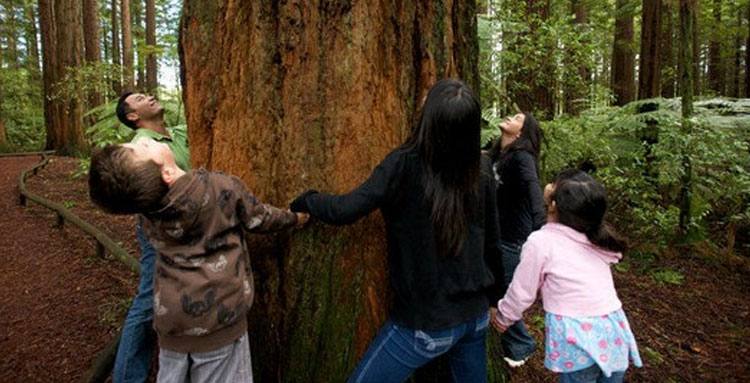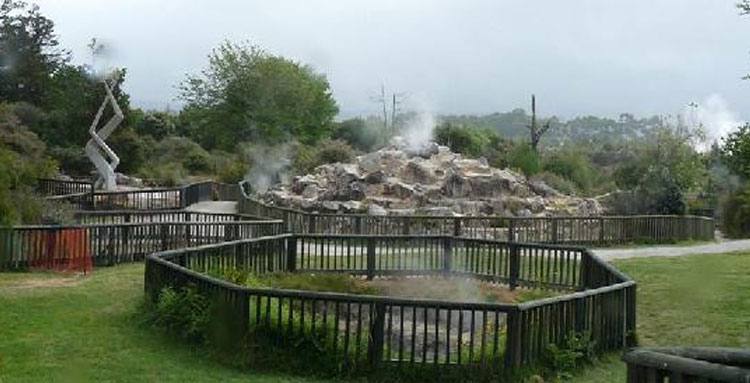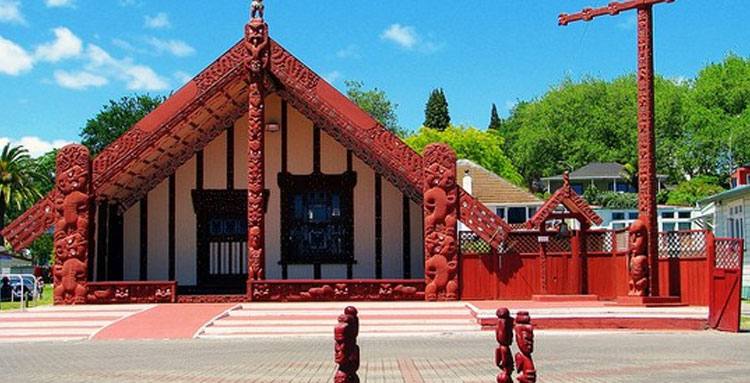Check Availability

Rotorua Tourist Attractions
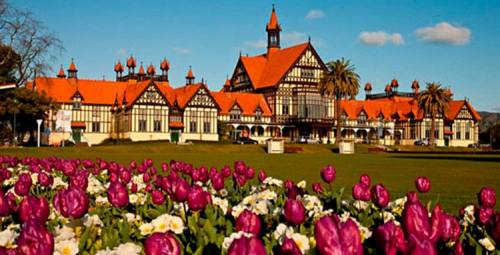
Located in the world famous Bath House building, an architectural icon in itself, Rotorua Museum is the ideal start to your Rotorua adventure. And a recently opened multimillion-dollar development has transformed the Museum into a truly world class experience.
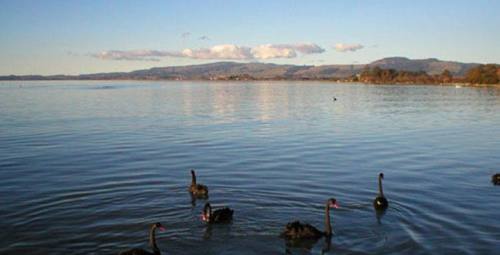
Or not as the signs say. The swans are aggressive and so even if your not feeding them it's still fun to watch other unsuspecting tourists trying to!!! oh look at the pretty swan!!!. he he he

Ohinemutu was the region's original Ngati Whakaue settlement. The location was chosen for its lakeside setting and abundant geothermal energy for cooking, bathing and heating. In pre-European times, Ohinemutu was the main centre for the Lake Rotorua region - visitors and food arrived at this bustling settlement before going on to the surrounding villages.
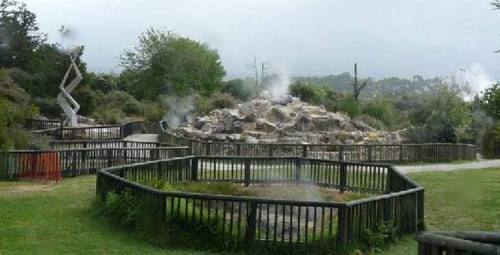
The northern end of Rotorua has a public park that is definitely alive and well. Walking tracks lead to numerous areas of vigorous geothermal activity. Provided you stay on the cool side of the safety fences, visitors are generally quite safe.
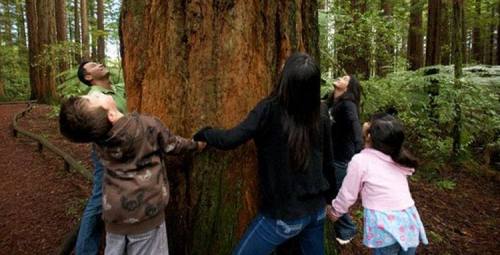
Escape into the beautiful Whakarewarewa Forest, one of Rotorua¡¯s most spectacular natural assets. Famous for its magnificent stands of towering Californian Coastal Redwoods it is just five minutes drive from the city centre. Here you can experience some of the finest walking and mountain bike trails in the world. Not to mention taking in superb panoramic views of Rotorua City, Lake and surrounding district.
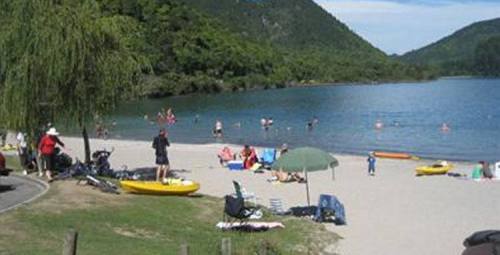
The Blue Lake (Tikitapu) is one of the closest lakes to Rotorua. Its clear blue waters are popular with water skiers, swimmers and boaties. An easy walking track circles the lake taking in beautiful beaches, native bush and the exotic conifers of Whakarewarewa Forest. There are good views over Blue Lake and the nearby Green Lake (Rotokakahi).
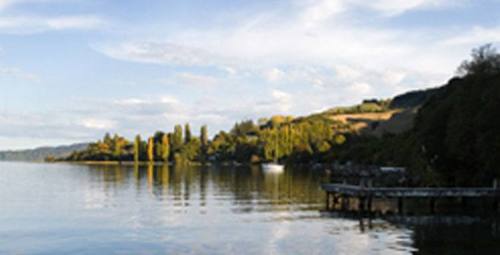
Tragedy shaped this remarkably beautiful lake into the broad, branching lake it is today. The 1886 Tarawera eruption raised the lake by 12 meters, drowning a small valley between lava flows. Te Wairoa, the Buried Village, lies close by the southwest shore. Over 100 years later the landscape around the fiery mountain, Tarawera, is lush, green and blissfully peaceful.
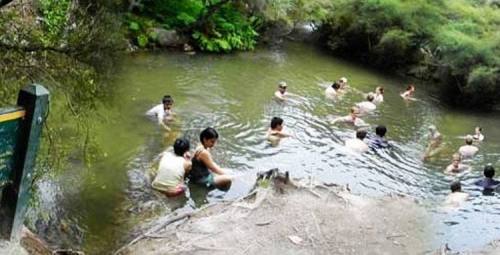
Travel about 40km south of Rotorua and look out for the signpost marked 'Waiotapu Thermal Park' on the left. This is the first entrance, there is another about 500 meters further down the road. Take the second entrance. 500 metres down this tiny winding road you'll come a across a small bridge. You have arrived. You will need to make your way down the bank into the steamy stream. If its your first time and its dark you may have a bit of trouble... however its likely you won't be the only one there so just follow the voices...
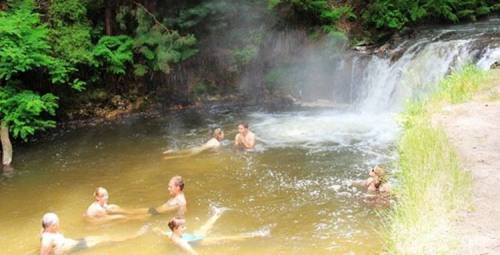
Kerosene Creek is a thermal hot spring with free access about 35kms south of Rotorua. SECURITY NOTE - There have been a number of car break-ins at Kerosene Creek. If you have concerns, head to nearby Waikite Valley Thermal Pools and pay $12 with piece of mind!
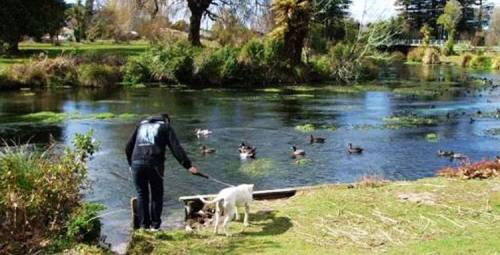
Hamurana Spring is the deepest natural fresh water spring on the North Island of New Zealand. Located to the north east of Lake Rotorua, the spring emerges from a rocky area within a Department of Conservation reserve. The spring is 920 feet (280 m) above sea level and is approximately 15 metres (50 ft) deep. It produces an estimated 4 million litres of crystal clear water per hour at a fairly constant temperature of 10 degrees Celsius. The spring flows as a stream for approximately one kilometre before joining Lake Rotorua.[1] In summer the stream is home to rainbow trout who prefer the cooler temperature of the spring water

